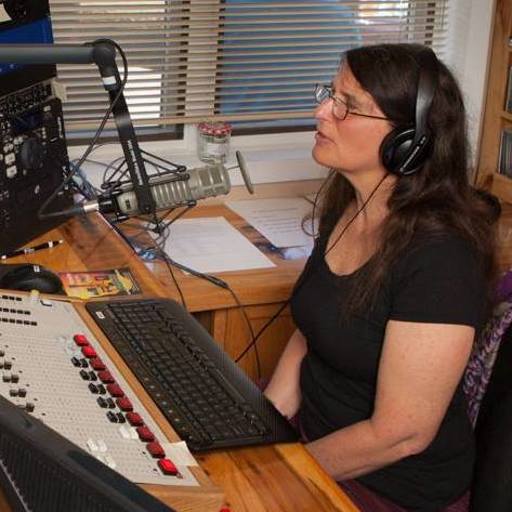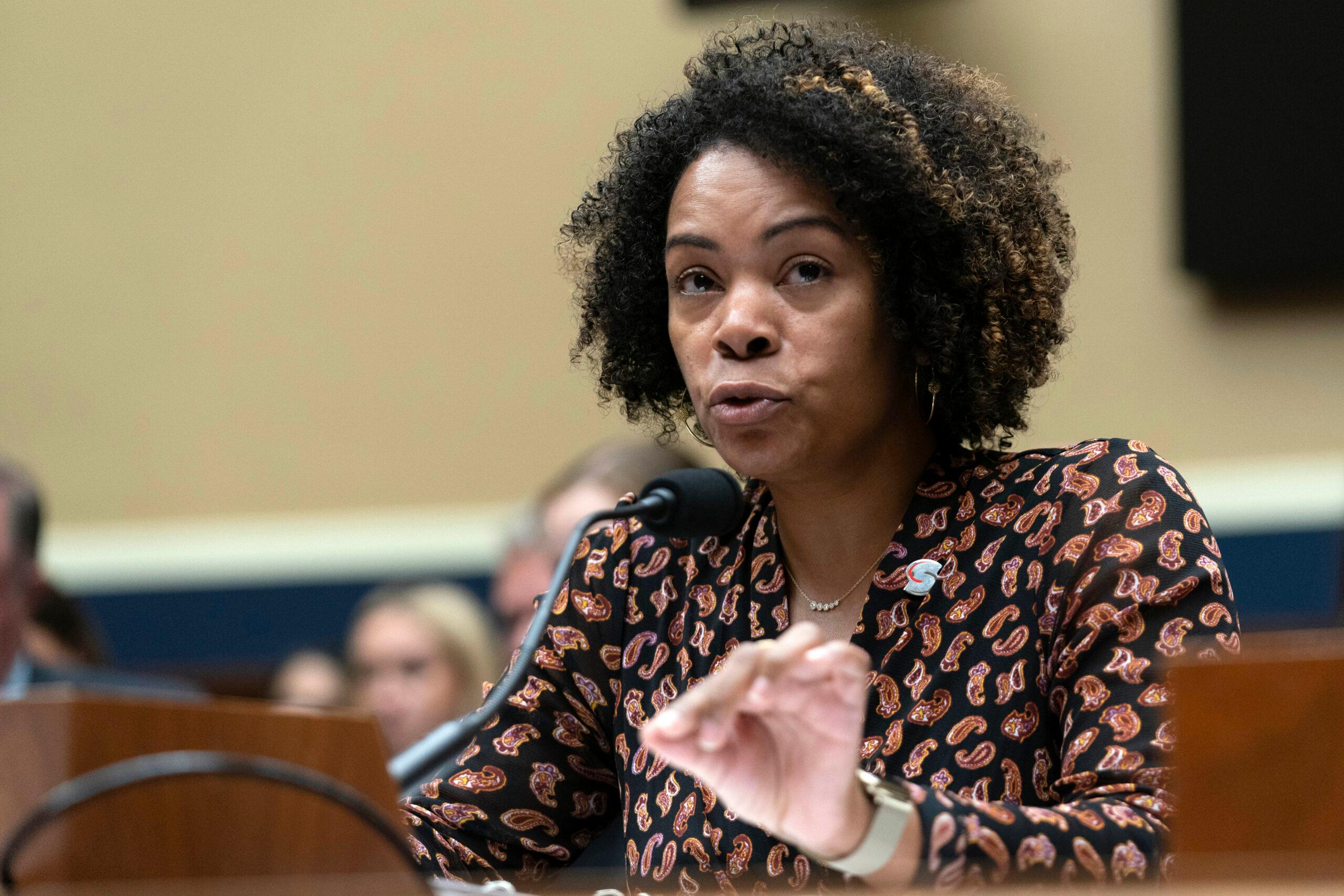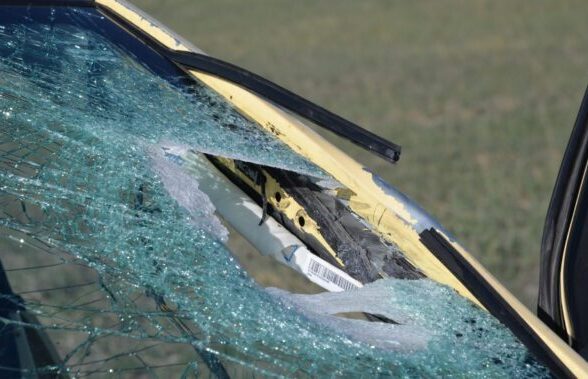
Tens of thousands of people in Southern Colorado await the arrival of clean drinking water to their communities. They’ve been waiting for decades. The reality of that finally happening is actually getting closer, as a billion-dollar project to build a pipeline snakes its way east from near Pueblo toward Lamar. It’s the Arkansas Valley Conduit.
The conduit is the final piece of the federal Fryingpan-Arkansas Project that brings water from the Western Slope over the Continental Divide to southeastern Colorado. The so-called Fry-Ark was first signed into law in 1962 and includes infrastructure like tunnels, Lake Pueblo and the Arkansas River itself, to move and store water for many different uses.
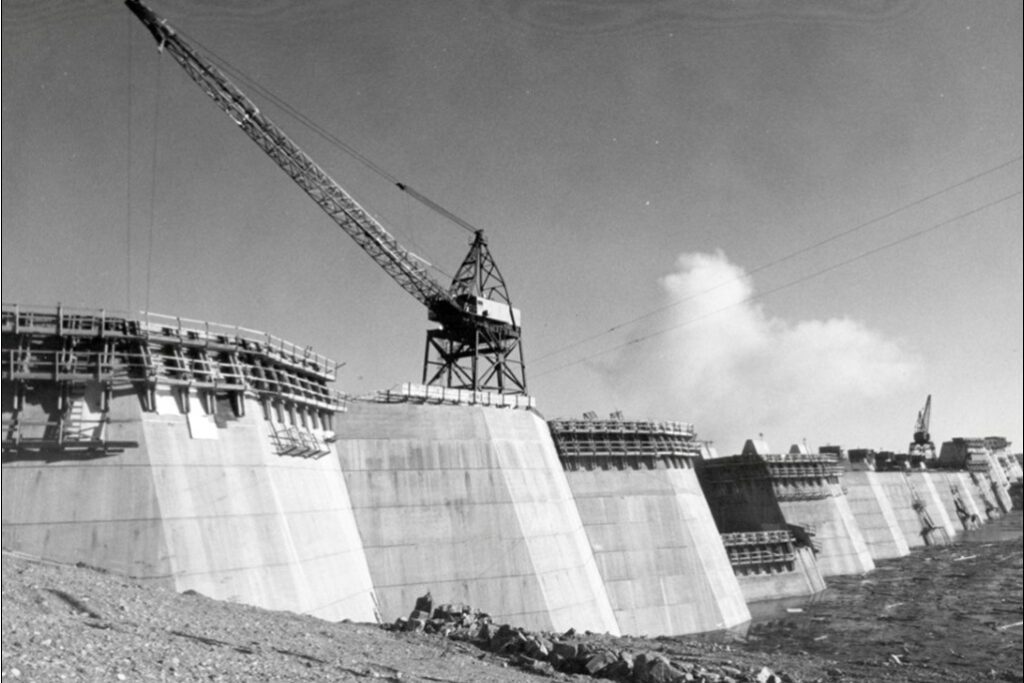
Construction on the conduit broke ground in 2023 with several infusions of federal funds.
KRCC’s Shanna Lewis spoke with Chris Woodka from the Southeastern Colorado Water Conservancy District – the local partner working with the Bureau of Reclamation on the federal project.
This interview has been edited for length and clarity
Drinking water challenges in the Lower Arkansas River Valley
There are two issues with water quality in the Lower Arkansas River Valley. The first is that the water is high in salt content and has very high total dissolved solids. That affects the taste of water even when you're pumping it out of the ground, like most of the people in the lower valley are. The second thing is that they drill deeper wells and these deeper wells go into a layer called the Dakota Shale. This adds radioactivity to the water. So they're dealing with radionuclides, like radon and uranium, which are both a health hazard and a violation of clean drinking water standards.
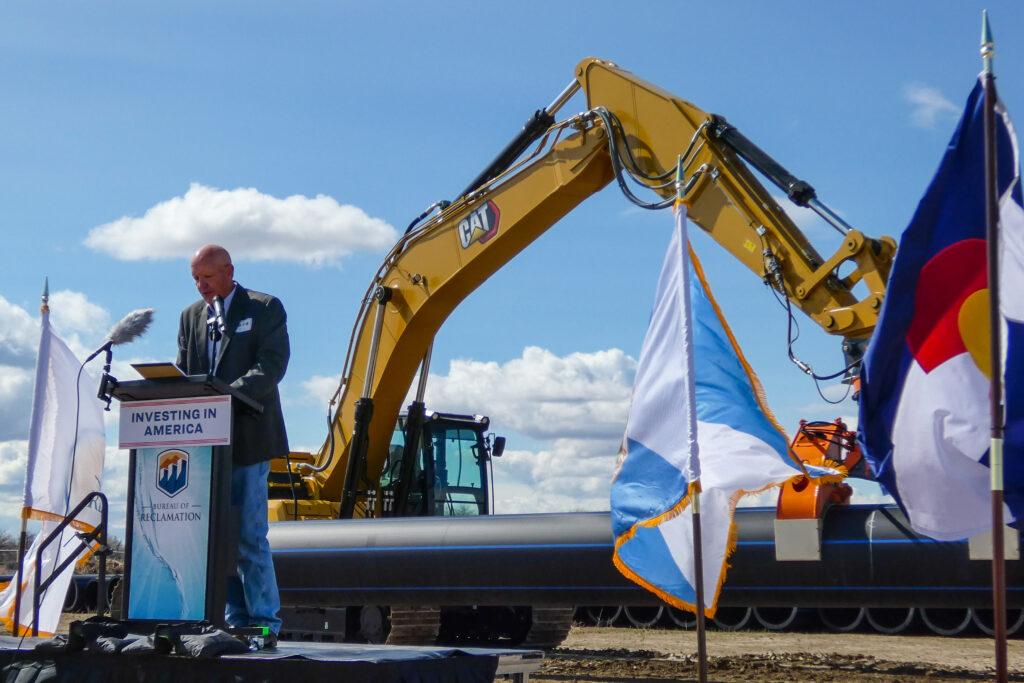
How access to drinking water is currently managed
There are different options. The city of La Junta and the city of Las Animas have put in reverse osmosis facilities, which are both expensive to operate and create a waste stream that is hard to deal with.
If cited by the Colorado Department of Public Health and Environment for water quality violations, the water companies will receive notices that they have to notify their customers to take measures to protect themselves from their water supply. These can include filter systems or buying drinking water and not drinking the water that's coming out of the taps.
In addition to the water being a health hazard, there's a lot of regulatory paperwork they (water providers) go through to comply with clean drinking water laws.
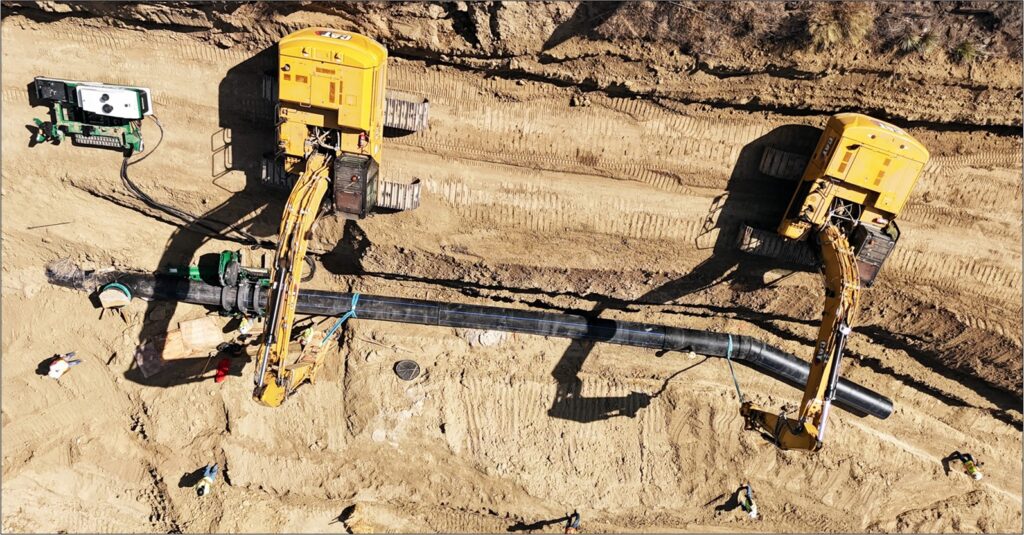
If the Arkansas River already carries other water in the Fryingpan-Arkansas Project, why is a pipeline needed?
The pipeline is needed to make sure that the supply of water is steady. The Arkansas is an intermittent river where there are long periods where the river itself is dry or close to dry. There's simply not enough capacity in the river to carry the water all the way to where it needs to go.
The water that will go through the conduit is used now to supplement flows in the Arkansas River to make up for water that is used in pumping groundwater.

Progress and current status of the pipeline construction work
We plan to be up to the town of Boone by 2026. That’s about 12 miles from the end of the Pueblo Water system, which we're using to move the water from Lake Pueblo out to the conduit. The whole conduit itself will be about 130 miles long.
Two places in Pueblo County will receive the water first: Avondale, which is a water district to the east of Pueblo, and Boone, which is a town to the east of Pueblo.
The conduit goes all the way to Lamar and hits all of the major cities along the Arkansas River between Pueblo and Lamar. That would include Rocky Ford, Las Animas, and La Junta. It also includes a lot of little towns and water districts.
There's also a spur that runs up into Crowley County. Part of Crowley County's issues stem from water sales that began in the 1970s and 1980s, that took a lot of water out of the county. They also have the same water quality problem with shallow water that a lot of the other communities have. The conduit project would give them a more stable supply.
When do you expect the project to be fully completed?
That depends on the level of federal funding that we get. We currently have about $500 million in federal funding, and that's roughly half of what we need to get it completed. If all went well and we continue to get the same level of federal allocations for the Arkansas Valley Conduit, we could be completed as soon as 2035. But that being said, if the funding is not up to the level where we need it, it could go a few years longer.
How far will the half a billion dollars get the project?
We're discussing that with the Bureau of Reclamation. We haven't got a clear answer on it yet. Somewhere in the Rocky Ford area, I think we would get to.
Funding for the AVC has changed
Up until 2009, the communities would've been responsible for repaying 100 percent of the cost of the entire project. The district worked with our congressional delegation to pass laws in 2009 that allowed for 65 percent federal cost share for the project. So that made it much more affordable (for the local communities). You have to keep in mind that not only will the district participants have to repay 35 percent of the cost of the Arkansas Valley Conduit, but they have the costs to make changes in their own systems as well to connect to the conduit.

The other part that we managed to get in that legislation was that revenues from storage contracts and other contracts with the Bureau of Reclamation, when people need to lease space, say to store water in Lake Pueblo, can be applied toward the 35 percent that the Arkansas Valley Conduit participants are responsible for. And those revenues total about $3.5 million a year now and are expected to increase in the future and help fund the Arkansas Valley Conduit.
This project has always faced one crucial factor in why it was not built, and that is the level of federal funding that we get. We are now seeing higher levels of federal funding that we have in the past, and we expect that the bipartisan support that we've gotten for this project will continue in the future.
The long process to get the conduit built
It’s taken almost seven decades, and the problem has always been funding. And I think the most important thing to remember is that this was a promise made by the federal government in 1962 to the people of the Lower Arkansas Valley. They've paid taxes to be members of the district since that time, and they're expecting it to get done. So we need to continue working on it just to fulfill that promise. There's no other solution that solves the problem of water quality in the Lower Arkansas Valley.
The conduit is expected to boost the economy in southeastern Colorado
The people of the Lower Arkansas Valley have been waiting for this pipeline since the 1960s, and I think that the decline of a lot of the communities in the Lower Arkansas Valley is directly related to the poor quality of water. Many people in the Lower Arkansas Valley all have the same belief that with a higher quality of water in their towns, that there would be people who would want to live in those towns. It's a great lifestyle and one of the big drawbacks is the water quality. I think that water quality and development of these communities go hand in hand.
I think that with the Arkansas Valley pipeline completed, it may project an image of an area that people want to continue to live in and develop and fulfill the promise that was made to them by the federal government back in 1962. We have a long history of grassroots support for the projects that we do, and we have a large district that goes clear from Salida up to Colorado Springs and then out to Lamar, and it's a way that ties all the people along the river to each other, and especially with water, the thing that connects us all.
Slideshow: Fundraising for the Fryingpan–Arkansas Project using golden frying pans
Slideshow: President John F. Kennedy visits Pueblo to launch the Fryingpan–Arkansas Project in 1962
- Colorado's federal lawmakers try to make it easier for local Arkansas Valley Conduit partners to pay their share
- Work is (finally) underway on the long-awaited pipeline to bring clean water to Southeastern Colorado
- Management Plan Adopted For Long-Awaited Arkansas Valley Conduit
- After Nearly Six Decades, Funds Approved To Start Construction On The Arkansas Valley Conduit
